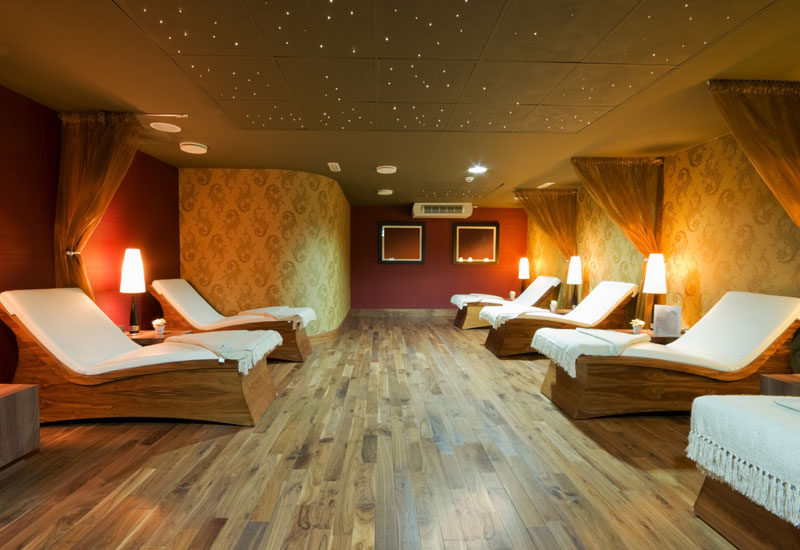The spa industry is growing in the region, and the global wellness industry grew 10.6% to become a US $3.72 trillion market in 2015, with the spa market a key driver, according to new research from the Global Wellness Institute (GWI). The research mirrored the growth in the MENA region of the tourism-related industry with the UAE at the forefront of growth.
And according to research from Colliers Experiential Travel Series: Wellness, Spa and Medical Travel 2017, the UAE spa industry is estimated to be valued at AED 1.7 billion ($0.46bn), accounting for 14% of the MENA spa market, and expected to surpass AED 1.85 billion ($0.5bn) by 2020.
Dubai currently has more than 200 spas in operation, with 25 new hotel spas expected to open this year. Furthermore, the Dubai hotel spa market continues to experience increasing demand, according to the Colliers report, with a 9% increase in the average number of treatments sold per day in H1 2016 compared to the same period in 2015.
“The global wellness industry has witnessed incredible growth in recent years as more and more people incorporate healthy habits into holidays and corporate travel, with an increasing trend of travellers willing to commit their time and money to wellness proving to be a major driving force when making vacation decisions,” said Simon Press, senior exhibition director, Arabian Travel Market, where an element of the show will be dedicated to spa and wellness.
At the end of 2016, Intelligent Spas released new spa industry benchmarks for the GCC and found the region generated over $615 million in the last financial year; however, spa owners and managers are forecasting a decrease in revenue in the next period as competition increases with many new spas planning to enter the market, according to Intelligent Spas’ previous Spa Development Pipeline Report.
With the number of spas in the market increasing, and with spa and wellness tourism globally in focus, it’s only natural that spa design is also changing to cater to the needs of the market.
Esadore International managing director Theodora Kioussis said that the latest trend in spa design in the Middle East is related to revenue. She explained: “For hotel spas, the focus is designing a layout that assists with maximum revenue potential generation, whilst maintaining a sense of journey and experience for the guest. Creating a point of difference to other spas already in the market is also key.”
She adds that wellness tourism is on the rise, and designing towards this trend is high on designers’ agenda. She adds: “Residential spa and oases have made a big comeback, and have evolved using technology and escape experiences within the space.”
During a design roundtable hosted by Hotelier Middle East and Commercial Interior Design, Stickman Tribe principal and founder Marcos Cain said that flexibility with design is on the rise. “It’s changing specifically on lifestyle brands. The rooms are being increased for more seating on smaller services. So for example, it’s pedicure/manicure, shoulder and back massage. It’s not for taking out all the floorplate on treatment rooms. They’re getting a higher revenue, full traffic, and acting more entrepreneurial.”
This traffic is also meant to come from non-hotel guests, which Euromonitor International research analyst Rabia Yasmeen talked about, when she said: “UAE hotels report 60% of total spa visitors are people who are not otherwise staying on the property. Hotels are now leasing spaces for more spa related services as the demand increases.
“The trend towards health and wellness and medical tourism in this region is expanding. Health focused tourists usually spend 130% of the expenditure of the regular traveller as they seek such experiences as part of leisure activities. There is now greater demand for experiences ranged over two to seven nights, health and wellness programmes, meditation, cosmetic treatments, and thematic environments similar to the Asian market.”

| Advertisement |









 Search our database of more than 2,700 industry companies
Search our database of more than 2,700 industry companies









